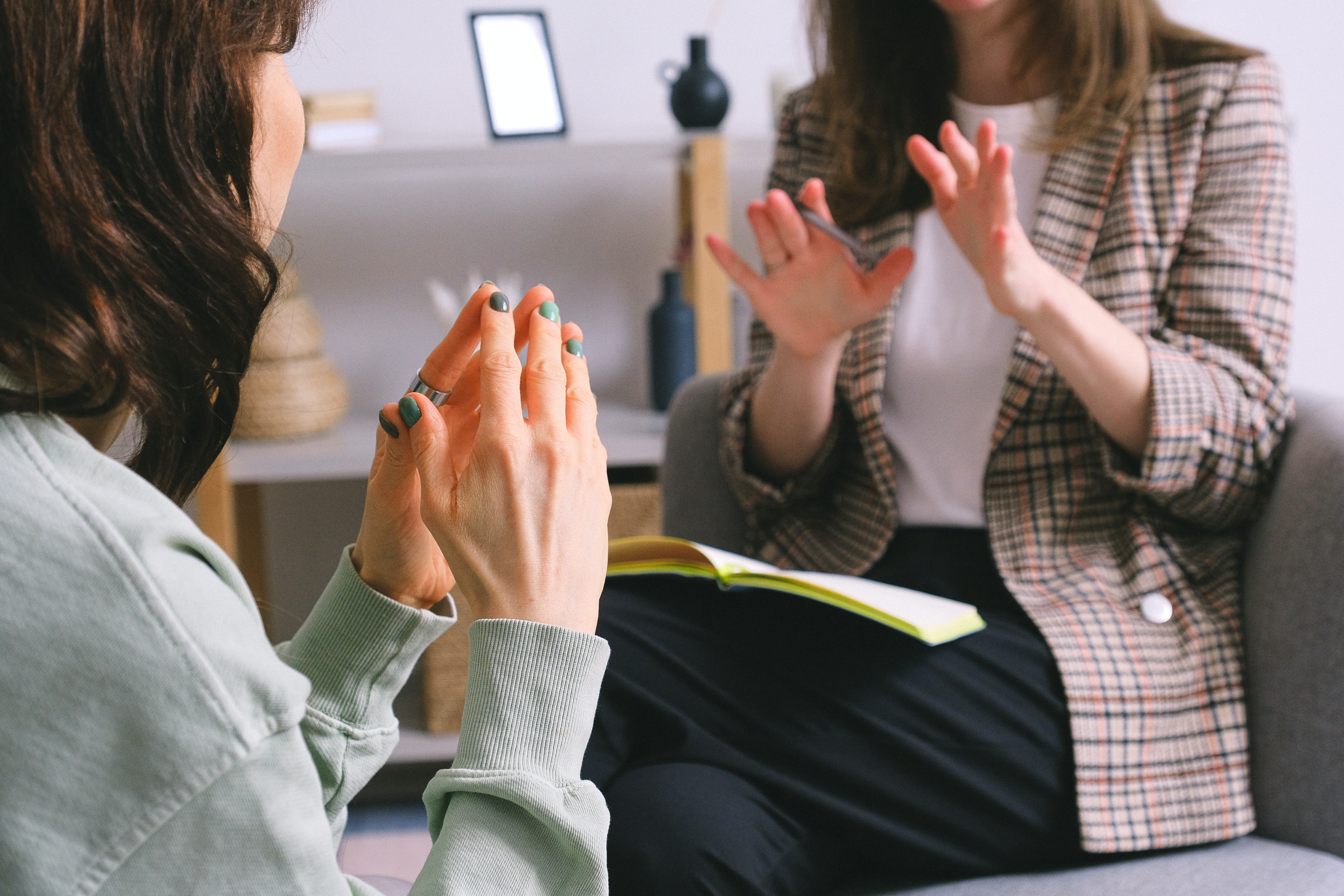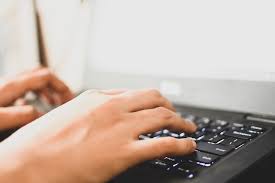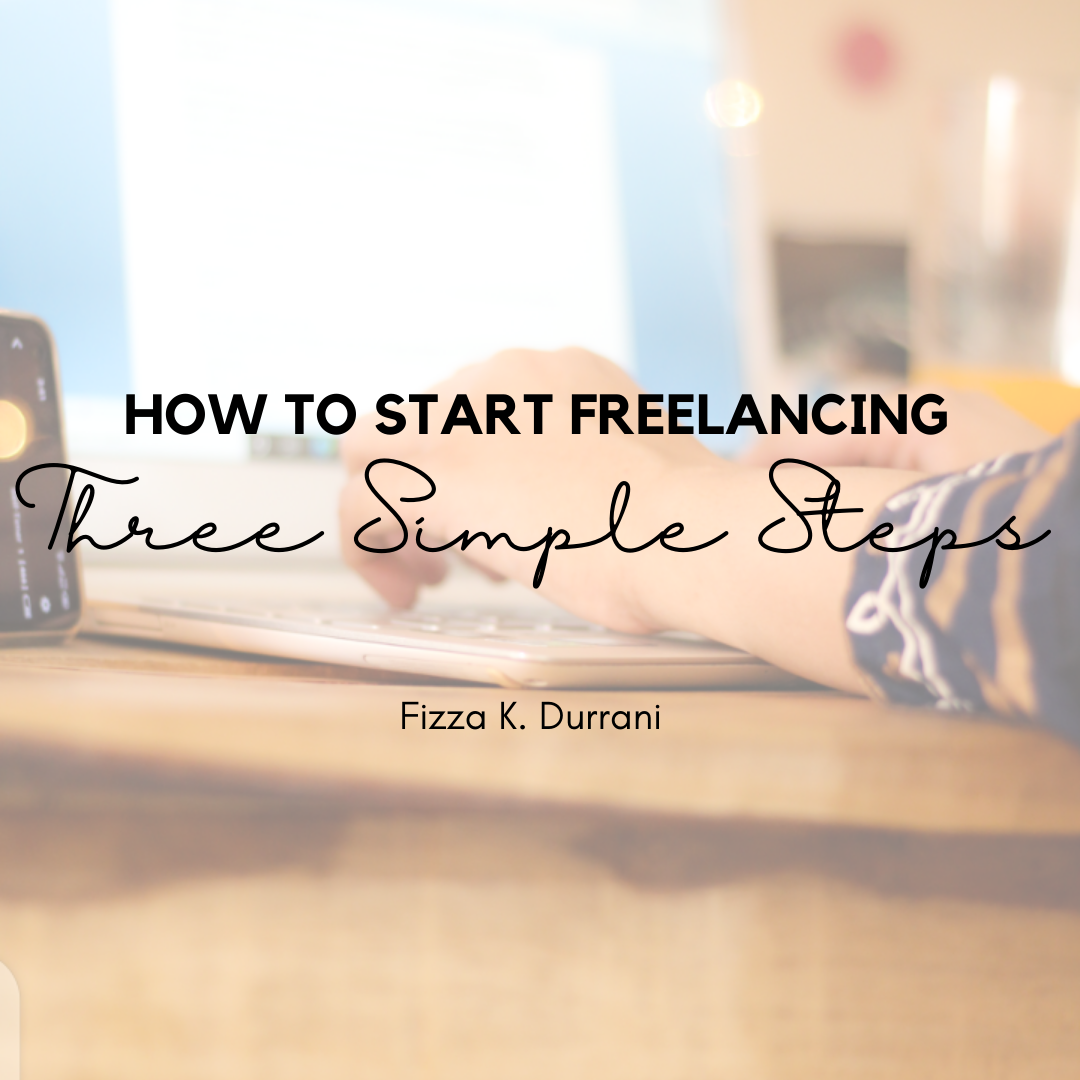
Physical therapy and exercise are everyday rituals for stroke survivors. But are they enough? A stroke follows various health hazards, including depression, anxiety, speech impairment, and in some extreme cases, paralysis.
These aftereffects can be physically and mentally draining, but they are not irreversible or irremediable. Thanks to the never-ending advancement in the neuroscientific medicinal field, anyone can recover from a stroke. But here is the thing: even though physical therapy is excellent for improving your post-stroke health, you also need at-home exercise sessions.
Using stroke therapy equipment at home frequently stimulates patients to exercise regularly. Research suggests that aerobic exercises stimulate the brain and promote neuroplasticity. As a result of this mechanism, the brain rewires itself and plays a vital role in stroke recovery.
Incorporating helpful stroke therapy equipment is an excellent way to enhance the efficiency of a stroke patients exercise sessions. They help survivors gain independence with daily life skills and activities. If you are searching for the best stroke rehab equipment, this article is perfect! This post gives an overview of the eight important pieces of equipment stroke patient needs at home to buckle up on their stroke rehab journey. Here we go!
Types of Stroke Rehabilitation Equipment
A study shows that stroke patients demonstrate a low level of physical, cognitive, and social activities. However, after two weeks of rehabilitation, their physical activity levels increased by 4%. Various stroke rehabilitation equipment is available in the market to improve these aspects of patients health. They usually fall within three categories:
- Physical Therapy Equipment: These tools are used to help people rediscover mobility and coordination skills that they might have lost as a result of the stroke.
- Occupational Therapy Equipment: These pieces of equipment are concerned with refining everyday tasks like eating, dressing, reading, writing, etc.
- Speech Therapy Equipment: Stroke patients who have difficulty delivering or processing speech can benefit from speech therapy equipment.
Our list of the eight essential pieces of equipment a stroke patient needs at home covers something from each category. Lets not waste any more time jumping on to the ultimate stroke rehab pieces of the equipment list.
8 Important Pieces of Equipment, a Stroke Patient Needs at Home
Physical Therapy Equipments Every Stroke Patient Needs at Home
Study shows that eight out of every ten stroke survivors suffer from hemiparesis. Under this medical illness, one side of their body weakens or even stops functioning in some cases. When this happens, survivors are more likely to experience balance problems and difficulty walking.
Some of the greatest gadgets for helping stroke patients walk again are those that engage the feet, legs, core, and arm. These primary muscle groups all play a role in your gait – its a full-body effort!
Here are the top three physical therapy pieces of equipment every stroke patient needs at their home:
1- Recumbent Bike
A recumbent bike is the most effective method for regaining post-stroke mobility. This odd-looking, three-wheeled machine has been around for years, but its numerous benefits are only recently unfolding. They feature reclined seats that support the back and improve body alignment. This simple design helps develop leg flexibility and strength, only without the strain a full weight-bearing training can cause.
As opposed to standard stationary cycles, recumbent bikes are frequently a better choice for stroke survivors since they provide more support and a calmer experience. They also require less balance and coordination to reap the same advantages and burn the same number of calories. The American Health Association has published a report stating that combining aerobic exercises with strength training is excellent to strengthen upper and lower body muscles.
2- Balance Boards
During fitness training sessions, you might have seen a balance board, but they also double as post-stroke physical training equipment. Balance boards are often wood, with an unstable bottom that enables the board to swing in various directions.
Exercising on balance boards is a low-cost rehabilitation and is proven to improve balance and posture and develop core strength. There are various balancing boards in the market. Generally, you have to pick between two common types:
- Rocker boards: Rocker boards can be rectangular or curved U-shaped, allowing you to move sideways or front to back.
- Wobble boards: Round balance boards, also known as wobble boards, allow you to move from side to side and front to back while also tilting the board in a circle.
To enhance the effectiveness of your balance board exercises, make sure to hold onto a table while standing on the balance board. This will ensure stability, improve your balance, strengthen your lower leg muscles and target your vestibular system.
3- Dumbbells and Ankles / Wrist Weights
Rehabilitation from a stroke isnt just about the range of motion and mobility. Strength training is essential for treating any muscle damage that may have happened due to prolonged inactivity. Dumbbells and ankle/wrist weights are an inexpensive and straightforward way to strengthen your arms and legs.
In addition to being excellent gait improvement tools for stroke survivors, they are also suitable for older folks. While ankle weights have not been examined as thoroughly as other typical types of fitness training, research suggests they may be effective for improving walking dynamics, reducing body fat, and lowering the risk of cardiovascular disease. For example, this research shows that adding 3 to 5% of a persons body mass in ankle weights on the stroke-affected leg enhanced patients mobility.
Occupational Therapy Equipments Every Stroke Patient Needs at Home
Occupational therapy pieces of equipment assist patients in improving their sensory and motor abilities during the post-stroke recovery phase. These tools allow them to relearn vital activities such as hygiene, computer use, and cooking so that they can live independently.
Here are the top three occupational therapy devices every stroke patient must have in their homes:
4- MusicGlove Hand Therapy
MusicGlove is a physiotherapy gadget that motivates users to practice hundreds of rehabilitative hand and finger workouts while playing a fun musical game. This rehabilitation device has been clinically demonstrated to improve hand function in as little as two weeks. Twenty-five-minute exercise session with the MusicGlove per day has proven more effective than conventional hand therapy.
Its a terrific gift for stroke survivors because its entertaining to use. The best part is that patients relearn how to grip ad write without feeling like they are getting therapy.
5- Electrical Simulation Machine
Unlike MusicGlove, which directly impacts hand movement, electrical stimulation machines contract the muscles, which enable limb movement. They are practical, evidence-based equipments for stroke survivors with one-sided paralysis (hemiplegia) or significant muscle weakness.
Electrical stimulation machines connect pads to the skin over the desired muscles. They deliver mild electrical stimulation, which causes the muscles to contract. Its an excellent approach to reactivating paralyzed muscles and exciting the brain.
Electrical stimulation (E-stim) can help stroke sufferers overcome various secondary symptoms of stroke, from enhancing motor abilities to preventing atrophy. However, its critical to consult with your occupational therapist to learn where to position the pads and how to use the equipment safely.
6- Mirror Box
Mirror therapy is a fantastic alternative if you have hand paralysis or severe spasticity (such as a clenched hand). Mirror boxes implement the psychological aspect to encourage the paralyzed body parts to move again. It employs vision to heal the pain that persons who have had limbs amputated experience in their missing limbs.
It is a promising approach to hand rehabilitation that involves reflecting your non-affected hand in a tabletop mirror. When you move your non-affected hand, your brain believes that both hands are moving. This promotes neuroplasticity and encourages movement in the affected hand (even though you are not consciously moving it).
Speaking Therapy Pieces of Equipment, a Stroke Patient Needs at Home
Recent surveys show that around one-third of stroke survivors have difficulty speaking, reading, and understanding others. This is the main reason not all stroke rehabilitation equipment is intended to aid with movement. Many instruments can assist with communication and cognition.
These tools are ideal for those who have aphasia or other cognitive issues such as poor concentration and memory. Here are some additional resources we recommend for strengthening speech, communication, and cognitive skills following a stroke:
7- Lingraphia AAC Devices
Lingraphia AAC devices are convenient speech-generating gadgets for helping with aphasia, a typical post-stroke symptom. Lingraphica devices use an icon system that combines a picture, written text, and spoken speech. These icons are designed with persons with aphasia in mind to be easy to identify and understand.
Moreover, they use genuine photographs and realistic drawings, which are the most user-friendly for people with aphasia. Because the system is image-based, it is simple to use even if you have difficulty reading or writing. Although these devices are pre-programmed with everyday vocabulary, their straightforward interface allows you to customize them to suit your needs.
8- CT Speech and Cognitive Therapy App
Research shows that access to speech therapy apps has improved engagement in therapeutic activities, enhanced socializing, and decreased idleness and boredom among stroke survivors. The CT Speech & Cognitive Therapy App has over 100,000 speech and cognitive tasks to help patients retrain their brains.
The app analyses patients needs and intellectual capacity when they initially start using it. After that, it then assigns them the right workouts to practice. The CT Speech and Cognitive Therapy App is like having a digital speech therapist at stroke survivors disposal!
The Endnote
The stroke recovery journey is different for everyone. Some people might recover in weeks, while it may take years for others to rehabilitate. Nevertheless, if you stay regular with your exercises, you can significantly lessen your post-stroke recovery period.
So, if you are confused about whether or not to start exercising at home, this article is your cue! Check out this list of the eight important pieces of equipment every stroke patient needs at home to kickstart a killer rehab journey.
Leave a Comment
Related Posts
-
18 May 2022
-
18 May 2022
-
20 May 2022
Sign up for free, explore fun and knowledgeable content, and make your own portfolio!
🟢All System Operational
© 2022 - 2024 Freelancing by Fay.
Design by Limitless Technologies Pakistan - All rights reserved.







1 Comments
Make headings in article. overall its good